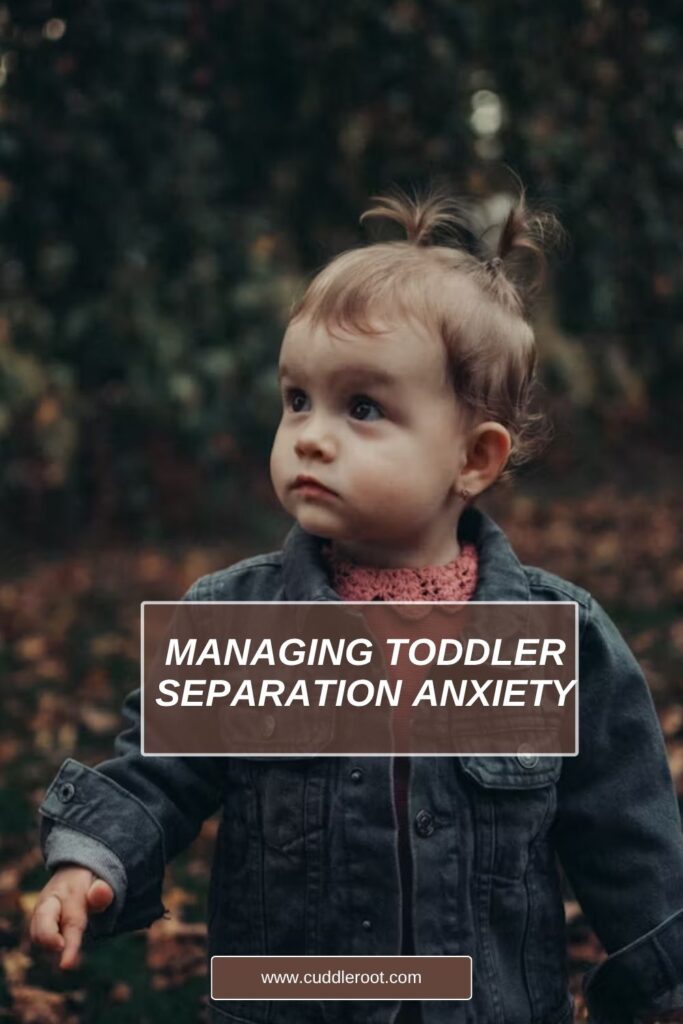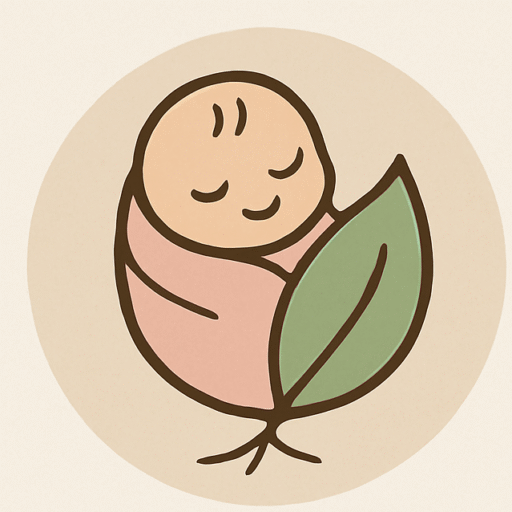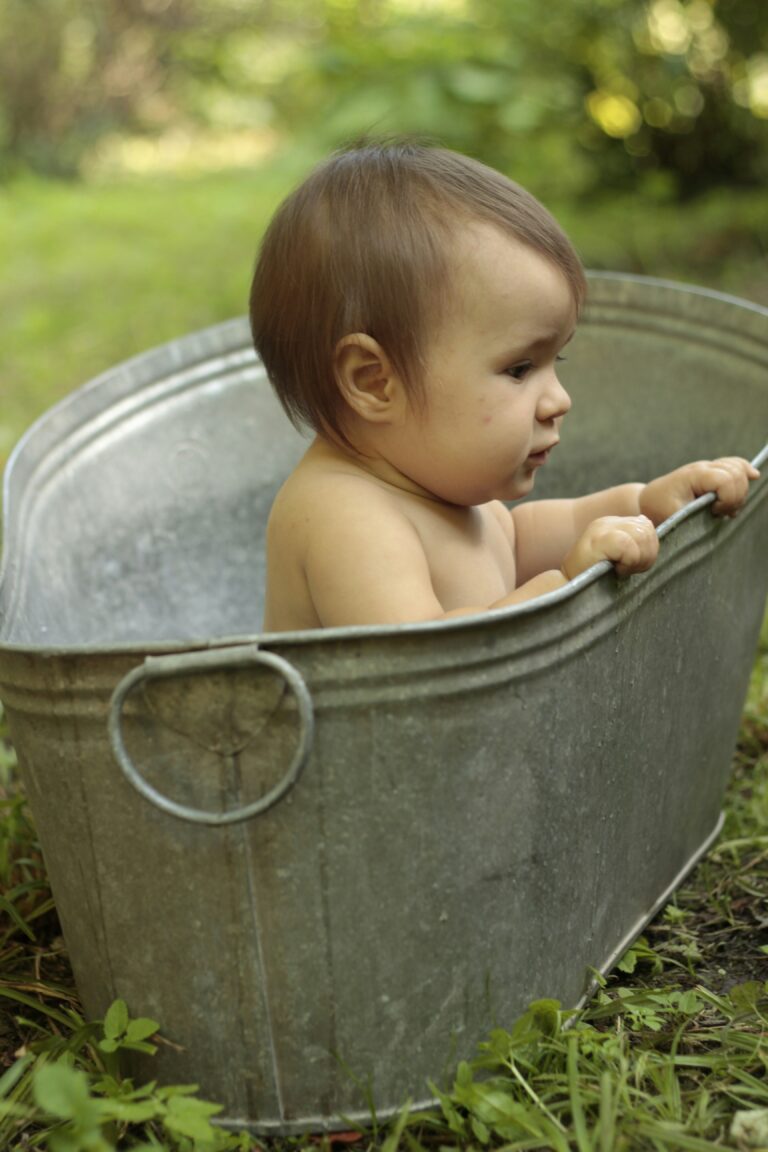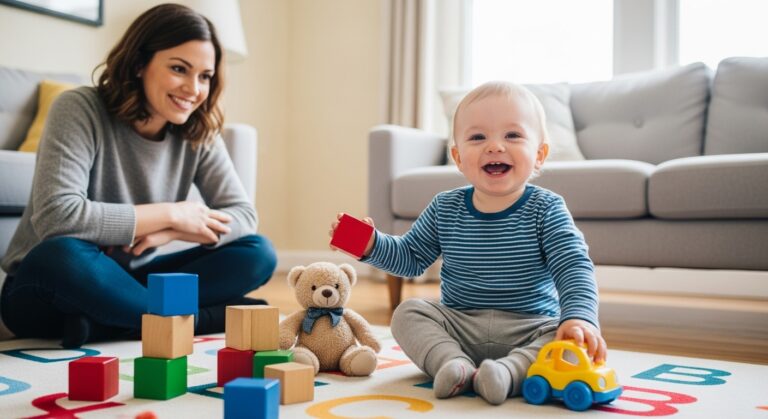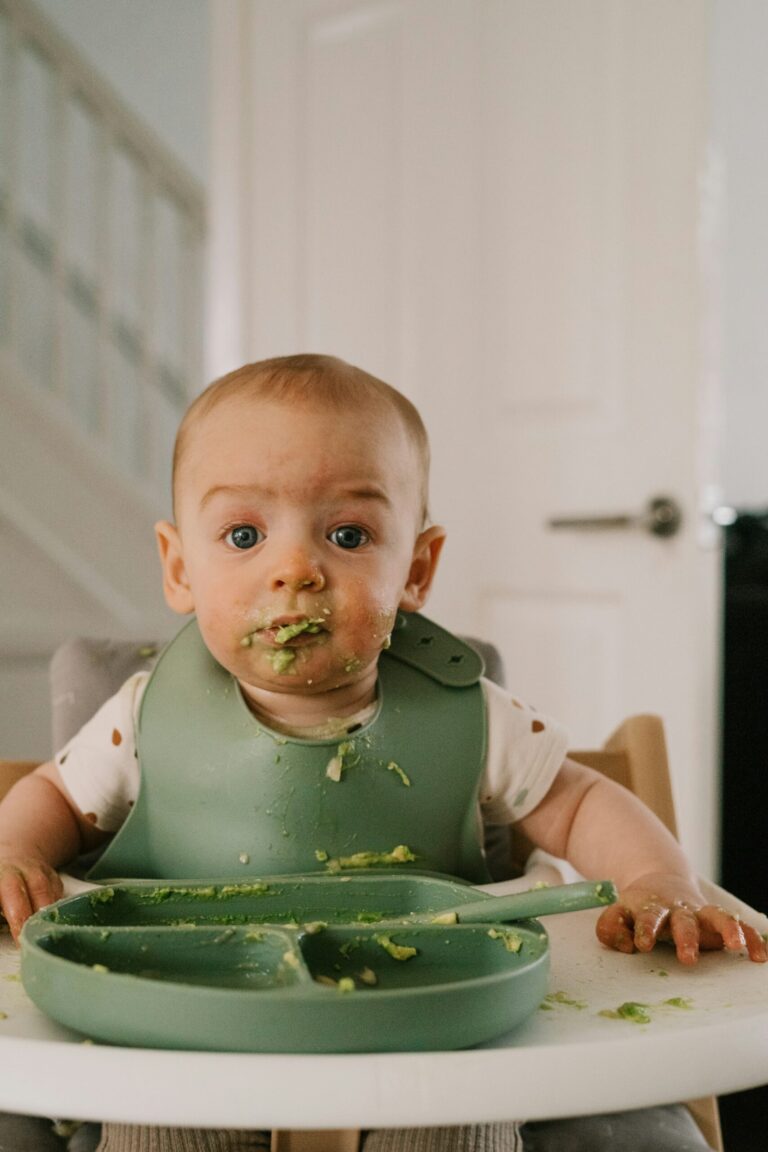Managing Toddler Separation Anxiety
Helping your little one feel safe when you’re apart
🌿 The Tearful Goodbye That Broke My Heart
I’ll never forget the day I dropped my toddler off at daycare and watched her little face crumple. She clung to my leg, her tiny hands shaking, and sobbed “Mama, don’t go!” as the teacher gently took her hand. I smiled and waved goodbye, but the second I reached my car, I cried too. My heart ached in a way I hadn’t felt before.
That morning left me questioning everything. Was I doing the right thing? Was she too young? Was I damaging her trust?
What I’ve learned since is that separation anxiety is not a sign of failure — it’s a sign of deep love and attachment. It means your child feels safest with you. The goal isn’t to eliminate it overnight, but to help your toddler build the confidence to feel secure, even when you’re not right there.
This gentle guide is for the mamas navigating teary drop-offs, bedtime clings, and anxious goodbyes. You’re not alone. There are ways to ease the worry, support your toddler emotionally, and feel stronger through it all.

What Is Separation Anxiety and Why Does It Happen?
Separation anxiety is a normal developmental stage that often begins around 8 months and can intensify during toddlerhood. It happens because toddlers are just starting to understand object permanence — the idea that people exist even when they can’t see them. But they don’t fully grasp that you will come back.
It often looks like:
Crying or clinging when you leave
Fear at bedtime or naptime
Refusal to stay with other caregivers
Waking up at night needing reassurance
It’s not manipulative or dramatic. It’s their brain working through big, confusing feelings.
Tip: Normalize the fear. Say things like, “It’s okay to miss me. I miss you too, and I’ll always come back.”
Build a Calm and Consistent Goodbye Routine
Consistency brings comfort. If your toddler knows exactly what will happen before you leave, they’ll feel more secure — even if they still cry sometimes.
Try a simple, predictable goodbye ritual like:
A special hug or handshake
Saying the same goodbye phrase
Waving from the door or window
Leaving them with a comfort object
Keep goodbyes calm and short. Lingering often increases anxiety for both of you.
Tip: Create a “goodbye basket” with soft toys or photos they can hold while you’re gone.
Practice Separation in Small, Safe Doses
You don’t need to jump into long goodbyes right away. Start with short separations and build up slowly.
Examples:
Leave the room for a few minutes and return
Have a trusted caregiver play with your toddler while you’re home
Go for a short walk while someone else watches them
The more your child experiences short separations with safe returns, the more confident they become.
Tip: Narrate the process. Say, “I’m going to the kitchen, and I’ll be right back!” so they learn to expect your return.
Acknowledge Their Feelings Without Over-Reassuring
It’s natural to want to say “It’s okay, don’t cry,” but minimizing feelings can make toddlers feel more overwhelmed.
Instead, validate and name the emotion:
“You’re feeling sad because I’m leaving. That makes sense.”
“It’s hard to say goodbye. I know, sweetie. I’ll be back soon.”
Offering presence and empathy builds emotional resilience.
Tip: Practice emotion words during play. The more your toddler understands feelings, the easier it is to cope with them.

Use Transitional Objects for Comfort
A transitional object is a special item that reminds your toddler of you and helps them feel safe when you’re apart.
Ideas include:
A small stuffed animal or soft cloth
A keychain or bracelet that matches yours
A photo of you together
A small “kiss stone” or heart-shaped trinket
Tell them, “When you hold this, it means I’m thinking of you too.”
Tip: Let your toddler help choose or decorate the object to give it personal meaning.
Try Storytelling and Pretend Play
Toddlers process big emotions through stories and imaginative play. Use simple storybooks about separation or act it out with dolls and animals.
Make up a story:
“Little Bunny goes to school. Mama Bunny says goodbye with a kiss. Little Bunny feels sad but has a fun day. Mama Bunny comes back!”
This helps your child understand the rhythm of leaving and returning.
Tip: Include your child in the storytelling. Ask, “What does Little Bunny do while Mama is gone?”
Stay Regulated and Calm Yourself
Toddlers are incredibly tuned into your energy. If you’re anxious or upset during goodbyes, they’ll absorb that and mirror your fear.
Before you leave, take a deep breath. Put on a warm smile. Be confident and steady — even if your heart is breaking a little inside.
Say:
“You’re safe here. I’ll be back after your snack. I love you.”
Tip: Practice grounding techniques for yourself — like tapping your fingers, deep breathing, or carrying a calming mantra: “She’s safe. I’m calm. We’re okay.”
Reunite With Joy, Not Guilt
When you return, greet your toddler with warmth and excitement, not apology. This helps reinforce the positive cycle: Mom left, but she always comes back.
Say things like:
“I missed you! I love seeing your smile again!”
“Tell me what you did while I was gone.”
This helps them feel proud of handling the separation and builds resilience for next time.
Tip: Avoid rushing into too many questions. Let your toddler reconnect on their own terms — with hugs, eye contact, or just quiet closeness.
Expect Regression During Transitions
Separation anxiety often reappears during life changes:
Starting daycare
New sibling arrival
Moving to a new home
Developmental leaps or illness
This is completely normal. It doesn’t mean your child is going backward. It means they need extra connection and patience.
Offer extra cuddles, consistent routines, and reassurance. Go back to basics with short separations if needed.
Tip: Create a visual schedule for toddlers during transition weeks so they feel more in control of their day.

Avoid Sneaking Away
It can be tempting to “slip out” while your toddler is distracted, but this often backfires. They may feel confused or betrayed, leading to more clinginess in the future.
Always say goodbye, even if it causes short-term tears. Honest goodbyes build long-term trust.
Say something simple like:
“I’m going to work now. I’ll see you after lunch.”
Tip: Role-play goodbyes during pretend play at home to make them feel more familiar.
Final Thoughts: You’re Their Safe Place
Separation anxiety isn’t a problem to be fixed — it’s a sign that your toddler has formed a healthy, loving bond with you. And that bond will carry them through their first friendships, first school days, and all the big changes ahead.
You’re doing the brave work of helping them step into the world with confidence, while reminding them that your love goes with them, even when you’re not in sight.
It’s okay if goodbyes feel hard right now. It means you care. It means they feel safest in your presence. And slowly, gently, they’ll learn that love stays — even when you walk away.
You’re not spoiling them. You’re shaping a secure heart. And that’s something that will serve them their whole life.
💾 Save & Share
📌 Save this post to your Gentle Parenting or Toddler Tips board on Pinterest to come back to it on tough days
💬 Have you experienced separation anxiety with your toddler? Share your story — your words might comfort another mama walking the same path.
